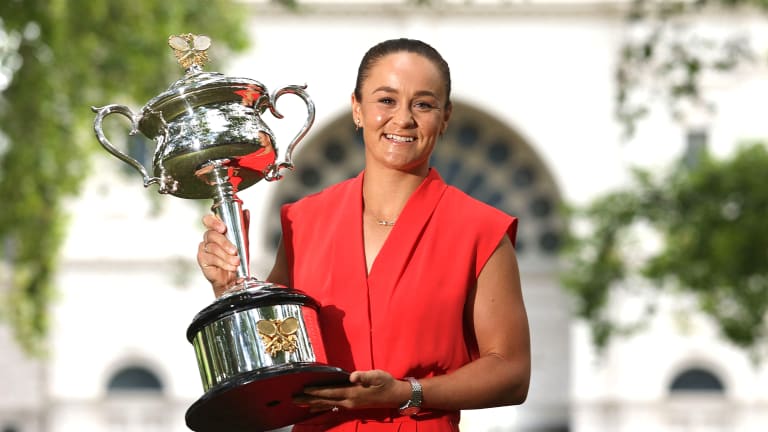Facts & Stats
15 things Ashleigh Barty achieved at the Australian Open this year
By Feb 02, 2022Facts & Stats
Novak's 99 Titles—a Djokovic deep dive: What they are, where they were won, when he did
By Mar 30, 2025Facts & Stats
Alexandra Eala's breakthrough run to the Miami Open semifinals: 10 of the best stats and records
By Mar 29, 2025Facts & Stats
10 things to know about Diego Schwartzman's career as he retires from tennis in Buenos Aires
By Feb 11, 2025Facts & Stats
20 sin-sational things Jannik Sinner achieved by winning the Australian Open this year
By Jan 30, 2025Facts & Stats
20 magnificent things Madison Keys achieved by winning the Australian Open
By Jan 28, 2025Facts & Stats
Madison Keys: First woman in 20 years to beat Top 2 en route to Australian Open title
By Jan 25, 2025Facts & Stats
Ageless Gael Monfils ousts Taylor Fritz in Melbourne for first career Top 4 major win
By Jan 18, 2025Facts & Stats
Aryna Sabalenka, Iga Swiatek and Coco Gauff to battle for No. 1 ranking at Australian Open
By Jan 10, 2025Facts & Stats
Carlos Alcaraz could become the youngest man ever to complete a Career Slam in a few weeks
By Dec 30, 202415 things Ashleigh Barty achieved at the Australian Open this year
From improving to 3-0 in Grand Slam finals to ending a 44-year drought for a home champion at the Australian Open, Barty’s resume just kept growing in Melbourne this year.
Published Feb 02, 2022
Advertising

Not only has Barty won 22 of her last 23 matches against Top 30 players, she's won 17 of her last 18 against Top 20 players and 12 of her last 13 against Top 10 players.
© AFP via Getty Images